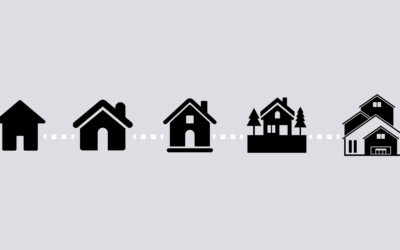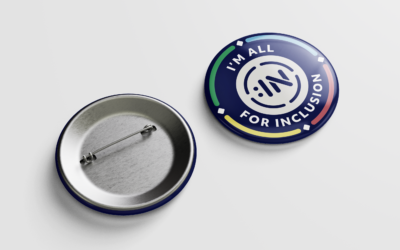Dr. Beck is a double fellowship trained orthopedic surgeon specializing in pediatric sports medicine. She cares for young athletes, helping them get through difficult injuries and back to the activities they love. She’s also involved in resident and fellow education, research in several youth sports medicine subjects including postoperative opioid use and returning to sports after ACL reconstruction, as well as mentoring young females on a career in orthopedic surgery.
As part of our series highlighting women in STEM, we spoke with Dr. Beck to learn more about her career path and her thoughts on the importance of more diverse and inclusive visual representation in the medical field.
Hi Dr. Beck! Tell us a little bit about yourself — How did you decide to become a doctor and specialize as a Pediatric Orthopedic Surgeon? Did you always know this is what you wanted to do or was there a moment or a person that inspired you to follow this career path?
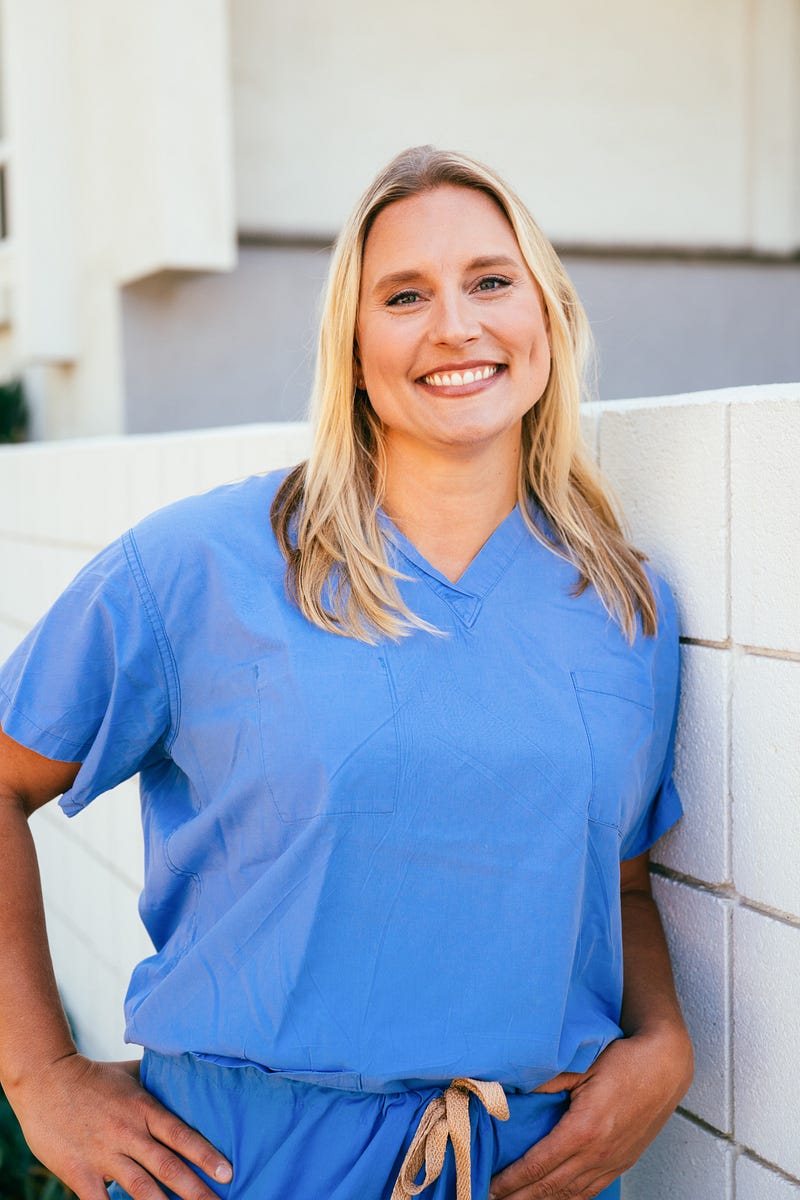
I’m an orthopedic surgeon who specializes in both pediatric orthopedic surgery and pediatric sports medicine. That means that I take care of anyone from brand new babies to college athletes. It’s a wide spectrum of patients, pathology, and ages which makes every day a new exciting adventure.
I’ve been interested in sports medicine from the time I was 10 when I was introduced to orthopedic surgeons. I had a foot fracture during my gymnastics training that took me out of my sport for 6 months. Later, when I was in high school, I had a severe foot injury that required two surgeries and required me to take almost a year off of sports. I learned about orthopedic surgery through my own personal experience, which is a pretty common story for orthopedic surgeons. I tried to convince myself to do other things: athletic training, physical therapy, or other specialties in medicine, but nothing got me as excited as sports medicine orthopedic surgery.
You’ve shared that you see very little representation of women surgeons in photos and in media. What do you believe are the implications of this, both short and long term?
We know that people get inspired and influenced by seeing people who “look like them” doing the things they want to do. TV/Media/Hollywood often portray doctors, especially surgeons, as older, white, gray haired, tall males. Although there are definitely doctors who look like that, things are and have been changing in medicine. Over 50% of medical students are female with increasing numbers of underrepresented minorities. Patients need to know that doctors can be any ethnicity, gender, height, or age and no matter what, they’ll take excellent care of them. Often, I walk into a patient’s room and am told, “You don’t LOOK like a doctor.” Increased media exposure to the general population should focus on doctors who look like anyone and everyone. Additionally, young students need to know that they fit in, they can be anything they want, and that stereotypes shouldn’t define or affect their life goals and passions.
What, if any, obstacles have you encountered that you believe could be lessened or alleviated if more women doctors and surgeons were positively represented in media?
In orthopedic surgery, the stereotype is an ex-jock who bench presses 500 lbs. However, to be successful in orthopedic surgery, you need to work smarter — not harder or stronger. Yes, it is a physically demanding job, but there’s nothing that requires brute strength if you know key techniques. Seeing women in these roles, including active positions with patients, would help the public understand that women can do anything that a man can.
Work-life balance is tough for everyone and it’s no different in medicine. We work long hours, evenings, weekends and holidays. Having understanding family and friends is key for this balance.
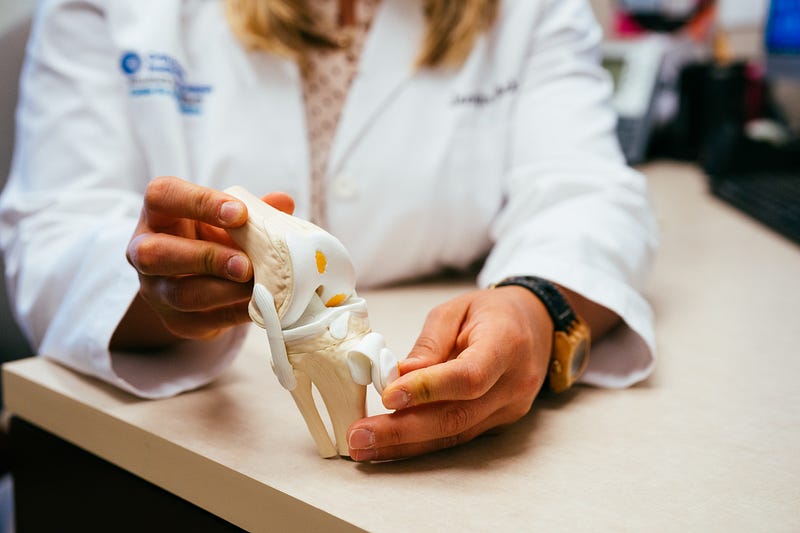
You work with Perry Initiative, an organization that inspires young women to be leaders in Orthopedic Surgery and Engineering through hands-on outreach programs for students in high school, college, and medical school. What has been your biggest takeaway from working with the group?
Early exposure to career pathways has been shown in several studies to influence people’s career decisions. Focusing on high school females, the Perry Initiative is the perfect program to introduce STEM topics to young women while surrounding them with female mentors who have successfully navigated the process. The day is approximately 8 hours long and in the beginning the students start out timid and shy. By the end of the day, these girls are glowing with energy, confidence and enthusiasm, often running to the arms of the parents for a huge hug and an “OMG, this was so amazing.” I know these transformations and experiences will influence these girls for a lifetime and maybe, someday, it will even be the topic of their personal story. In short, a few moments of time and effort can make a strong, permanent impact in someone’s life.
Do you think that having more inclusion and representation in media would encourage more women and girls to get into the medical field?
Getting people to acknowledge their biases can be difficult, but we have to try! I do think we can teach old dogs new tricks. We know that stereotypes are a learned behavior and anything we can do to effect change is worth the effort. Direct and indirect exposure to diverse populations will help older generations shift their understanding and acceptance of these populations. It takes multiple avenues and approaches, some being media exposure and others being encouraging diversity within fields where significant disparity still exists, like orthopedic surgery.
Dr. Kristy Weber, a recent president of the American Academy of Orthopedic Surgeons (AAOS), was the first woman to lead the organization since its inception in 1933. In her welcome speech, she shared the statistic that women make up only 6% of surgeons in orthopedics and that the percentage of representation is even smaller for women of color. One of her missions as president is to challenge and improve the gender imbalance and to increase diversity in the field, especially for women of color. What do you believe it will take for this to happen?
I think everyone can do their part to make this happen. Mentoring young students, hiring and employing a diverse field, supporting and promoting women and minorities within job hierarchies, and behaving in an inclusive way can all make a difference. A recent example of this is the Director of the National Institute of Health, Dr. Francis Collings, banning the concept of the “Manel,” or a panel made up of only men at scientific meetings. He advocated and demanded that any panel should have representation from multiple genders, racial backgrounds and ethnicities. Having “people who look like me” at the forefront of a meeting is especially important for younger generations hoping to climb within a hierarchy.
Where would you ideally like to see the field of orthopedics in 10 years, especially for women? What are some ways that you believe that ideal could be achieved?
The good news is a movement has already started. Although currently only 6% of practicing orthopedic surgeons are female, the percentage in residency and fellowship is much higher. This trend needs to continue so that all of these women become practicing surgeons and influence younger generations. Through this, the snowball will grow!
Female-specific concerns in my field, such as work-life balance and as child bearing policies need to be addressed. Female surgeons are in medical school and residency during their peak years of fertility. Often women surgeons are deferring childbearing due to their training, which increases the chances of complications and infertility treatment. Policies regarding time away from work for childbearing are in need of reform, and this has started by acknowledging the problem. Surgeons of both genders need to come together to improve these policies and effect change.
How do you see having more representation of inclusion and diversity in photos could help shift societal beliefs?
Unconscious bias from exposure is a real thing. Images and media with surgeons in all phases of their career (young, pregnant or older) and of all diversities will improve the public understanding of who “looks like a surgeon.” This may help foster trust between at-risk, medical skeptical populations and the health care system. When a patient sees a doctor for any reason, having a feeling of comfort and trust that this person “looks like a doctor” will improve the doctor-patient relationship and positively influence the outcome for the patient.
What is your favorite thing about your job?
I have the best job in the world! I get to take care of kids who want to get better and live up to all the potential we know they have. Specializing in sports medicine, I spend my day talking about baseball, gymnastics, soccer, football and how I can help kids achieve their goals and get back to a healthy lifestyle while helping teach them about overcoming adversity (i.e. injuries). Thankfully, most patients do very well and are very happy. There’s nothing better than watching a kid grow and develop knowing you helped them get healthy and happy!
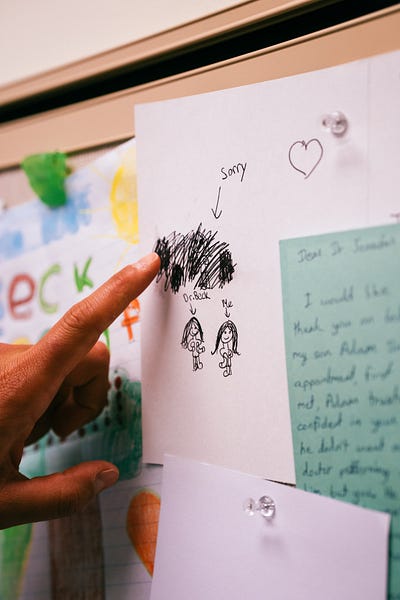


Thank you for sharing with us, Dr. Beck!
Learn about our Women in STEM photo initiative here.
Interested in joining our community of photographers and contributing to Noun Project? Submit your photos and explore our guide to creating authentic, inclusive images.
Click here to download FREE photo shoot production document templates.
Plan your photo shoots out for the year with our free monthly photo shoot guide.
For more photography tips, check out our blog.
Sign up for our photo newsletter to make sure you never miss out on our photography content.



